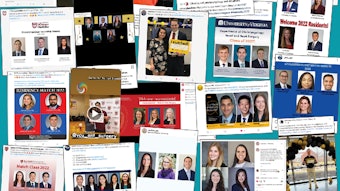Communication: The Key to Understanding
Communication is so often the root of misunderstandings and errors.
 Ken Yanagisawa, MD
Ken Yanagisawa, MD
AAO-HNS/F President
As a young attending, I discussed by telephone the results of a patient’s laryngeal biopsy showing mild dysplasia. Appropriate questions were asked and seemingly answered clearly and thoroughly about whether this was or could become cancer. Two weeks later, during an in-person office encounter, my patient looked haggard, depressed, and had even lost weight. Concerned about new health issues, I queried what was going on. “You told me I have cancer,” was the stunning reply.
I immediately recognized the importance and impact of the words we choose to employ, the method of information sharing, and of course, inherent patient assumptions, concerns, and fears.
I looked my patient straight in the eye, and explained that there was no cancer. Once the “C” word was mentioned via phone, however, the patient tuned out any other input. Without visual or body language cues, all I had was a voice to gauge understanding. During the subsequent live visit, I felt assured that my patient finally grasped the results and details accurately.
Visual cues such as lip reading and interpretation of telling facial expressions are so crucial and missed by telephone communication. Masks for the past two years have had significant deleterious effects on this aspect of our communication.
Video communications, aka telehealth or Zoom, are better, but far from perfect. Texting, of course, is a set-up for dangerous miscommunication as words alone without vocal contexts (intonation, emphasis, volume) can and are often misconstrued.
The simple word “right,” for example, can have a wide spectrum of meanings—a confirmatory declaration, an inquiring question, at times a sentence connector (a contemporary “um”), or even a sarcastic jab (with eyes rolling). Humor or sarcasm via texts, or social media for that matter, should be undertaken with extreme caution.
To highlight and hopefully improve the many ways we communicate with one another, the AAO-HNS designates certain times each year to celebrate various aspects of our communication offerings.
World Voice Day takes place annually on April 16. Originated in Brazil in 1999, the AAO-HNS officially recognized and titled the day as “World Voice Day” in 2002. This day reminds everyone to appreciate, care, and value vocal health, and to recognize warning signs for voice disorders. From everyday conversations to professional speakers and singers, our voices allow sharing of emotions and expressions. Organizations celebrate World Voice Day with lectureships, vocal screenings/counseling, and celebratory speaking and singing events.
May is Better Hearing and Speech Month that provides opportunities to raise awareness about disorders ranging from childhood speech delay to presbycusis. The pandemic has added significant obstacles with challenges identifying school issues and timely provision of appropriate care. As our population ages, nearly 50 million adults are estimated to have hearing loss. With mounting recognition of hearing loss detriments including cognitive decline and social isolation, it is vital to identify, counsel, and treat this problem. The AAO-HNS has numerous ENThealth.org links, resources, and tools to aid in raising awareness. On legislative fronts, the AAO-HNS continues to closely monitor and act upon activities surrounding audiology scope of practice, retention of physician clearance for hearing aids, and even challenges to hearing aid sales by physician offices.
World Sinus Health Awareness Day was established by the AAO-HNS in September 2021 to help raise awareness about sinus disorders, especially in light of the COVID-19 pandemic, and has included various anosmia issues. Smell is a less recognized yet important contributor to nonverbal communication—the pungent and distinct smell of certain infectious disorders, the unmistakable smell of smoke/tobacco/cannabis, and the odors of personal hygiene, which can be pleasing or not so pleasing.
The art of hearing and more importantly listening, the willingness to recognize and understand the verbal and nonverbal cues, and the ability to dialogue and discuss are crucial elements in attaining successful communications, fruitful interactions, and hopefully reduced misinterpretations.
“Communication is a skill that you can learn. It’s like riding a bicycle or typing. If you’re willing to work at it, you can rapidly improve the quality of every part of your life.” ~ Brian Tracy





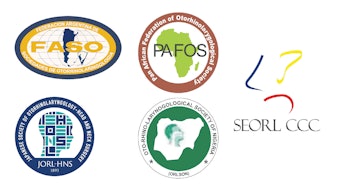
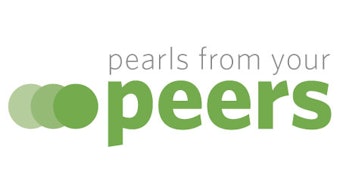
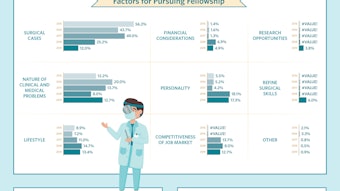

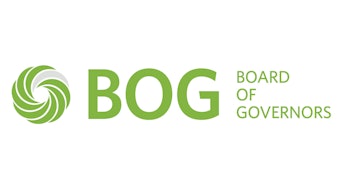

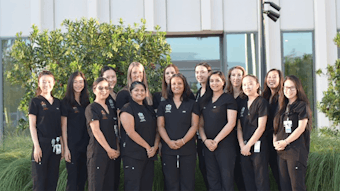
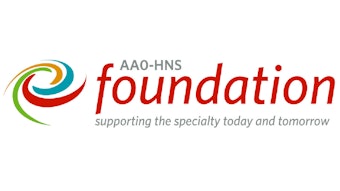
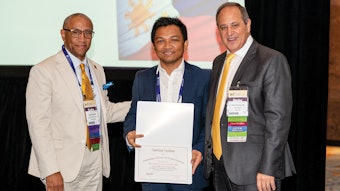
![Getty Images 1013668346 [converted] 01](https://img.ascendmedia.com/files/base/ascend/hh/image/2022/03/GettyImages_1013668346__Converted__01.6244bdb1d9995.png?auto=format%2Ccompress&fit=crop&h=191&q=70&w=340)
